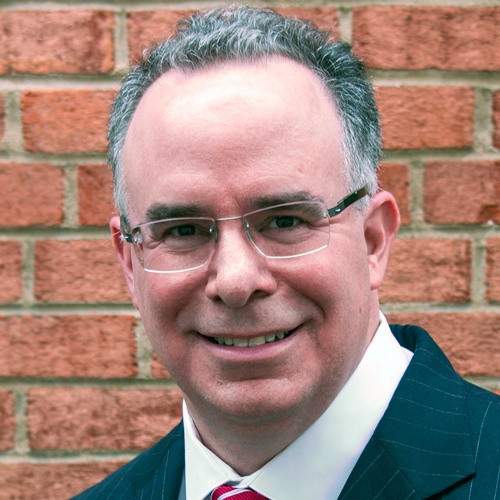If anyone thought the era of toxic tort litigation was coming to an end, they were wrong. The Environmental Protection Agency recently announced its priority list of 10 chemicals, including asbestos, that it is considering banning under the Frank R. Lautenberg Chemical Safety for the 21st Century Act. Although it remains an open question how aggressive the Trump administration will be with safety regulations, the reality is that regulatory lists like this, and the inevitable studies that follow, often become a treasure trove of “support” for a plaintiffs’ bar eager to add scientific credibility to their legal claims. This presents challenges for defense lawyers – especially given the continued currency of quasi-scientific principles or principles that are fine for regulators to rely on, but have no place in today’s courtroom, such as the “precautionary principle.” This is most evident with the mantra of “no safe dose” that asbestos lawyers and some environmental groups trumpet as justifying liability for even the most meager and infrequent of chemical exposures. Of course, toxicology, epidemiology and other scientific disciplines have exposed the fallacy of principles like “no safe dose” (after all, Paracelsus teaches us that “dose makes the poison – more about this later). But the appeal of the seemingly aphoristic “no safe dose” is tough to counter in court when an effective advocate plays to a jury’s fears and is buttressed by governmental pronouncements that, albeit for different reasons, embrace the notion that there is some theoretical, modeled risk from exposure to virtually any chemical. So the task for the defense bar is how to convince juries to reject these and other fallacious concepts that serve as easy, digestible substitutes for the more complex elements of true causation.




Share: